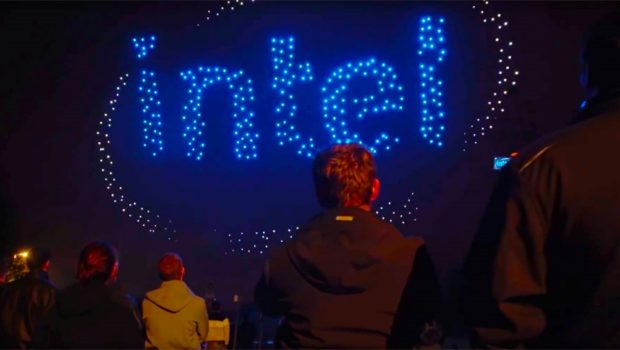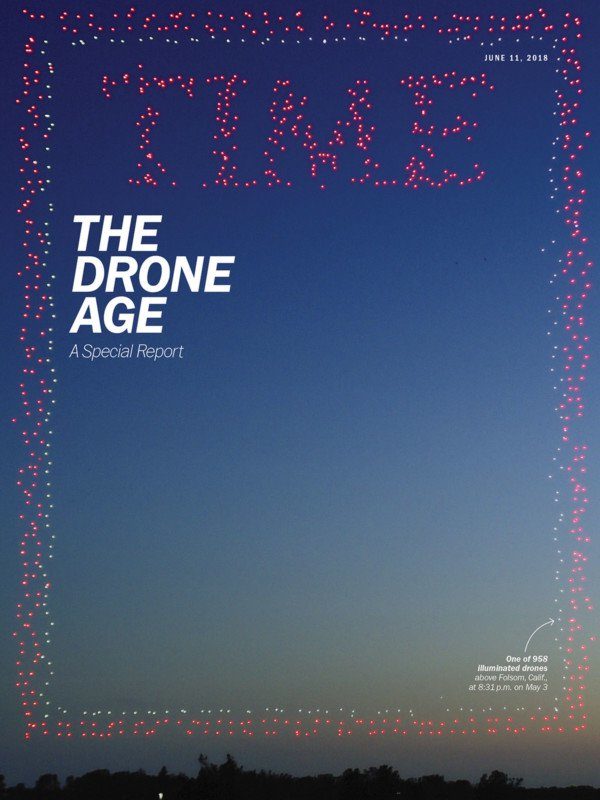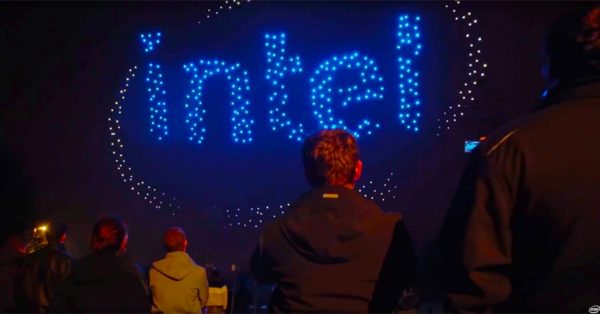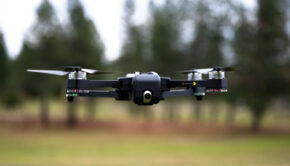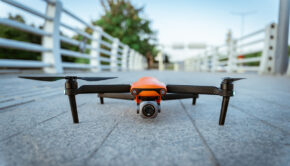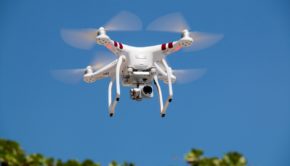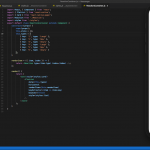Time Magazine and Intel Come Together for the Age of Drones
Time Magazine June cover featured a beautiful blue sky in Folsom, California, one able to fill our hearts with awe. However, such scape, although pleasing, it already is familiar, there’s nothing unique about it, and definitely not worthy of a Time cover. That is, if we ignore the 958 Intel Shooting Star drones brightening up the sky to form the now famous cover. A concept that has never been done before, and it rightly fits our era.
The Drone and The Tech
Intel is presenting light shows all around the world by using their new Intel Shooting Star drone. It is the company’s first UAV (Unmanned Aerial Vehicle) made specifically for light shows. Shooting Star is in fact a quadcopter (4 motor drone) with a 38.2 x 38.2 x 8.3cm size and very soft and lightweight frame made of flexible plastics and foam. The drone can lift 3.3kg objects and fly up to 1.5km range distances, everything within a maximum 20-minute flight time period. To make the light show possible, one of course needs lights. Shooting Star features built-in LED lights that can create over 4 billion color combinations based on RGBW LED.
Of course no show would be possible without some crazy neat software behind it. Intel’s proprietary algorithms can automate the animation creation process through an 3D image and calculate the number of drones needed, determine the drones position, and formulate the quickest path to create the image in the sky. In shorter words, you design the animation and the software builds the automated path. A light show that would take weeks or months to prepare, can now be done in days.
Intel Shooting Star Performances
Although the Time aerial cover is a new concept in itself, Intel Shooting Star program has already amazed the crowds in a series of worldwide events. It made its debut during Vivid Sydney, as 100 shooting star drones presented a beautifully choreographed animation while the Sydney Youth Orchestra played. More recently, for the Opening Ceremony of the Winter Olympic Games 2018, Intel broke a Guinness World Record by having over 1,200 drones fly above PyeongChang for an impressive aerial animation. Visit Intel Shooting Star events page to discover other amazing performances.
Time Drone Age Report
Drones no longer are our future; they are our present. From drones under $200 to military drones, we have all grown used to the concept of Unmanned Aerial Vehicles. They now play important roles in our society, either we are aware of it or not. In fact, consumer drones such as the DJI Phantom or even cheap toy drones, are just a piece of the whole drone industry. Following that realization, Time published an article on UAVs titled “Drones Are Here to Stay. Get Used to It”, followed by “The Drone Age” issue that reports on a wide variety of recent drone-related news. The report begins by mentioning one of the drone industry latest feats: a drone that beamed mobile data signals up to 64km in all directions during Hurricane Maria in Puerto Rico, when the country’s electrical grid and communication systems were partially down. The report also mentions how US.A. military drones started to sprout in 2001 in Afghanistan, during the hunt for al-Qaeda leaders. First time the public started hearing the term ‘drone’ and ‘drone warfare’ being mentioned regularly.
However, the Time special report focus mainly on the positive aspects of UAVs, and how it can be used to impact science and culture. For example, an American startup called Zipline came together with the Rwadan government in Africa to develop a drone system able to deliver blood supplies. Tactics that have already been implemented and helped save lives. In fact, TehnoFAQ has already mentioned in the past how drones were having a considerable impact in humanitarian and disaster situations, such as fighting fire and search and rescue.
This special report by Time just comes to show what many have already realized. Drones are not a technology of the future, but of the present. Time found the best way possible to unveil this reality to its reader, right away, right on the front. Over 900 automated drones forming a magazine cover in the sky; tech is flying high and bright.

